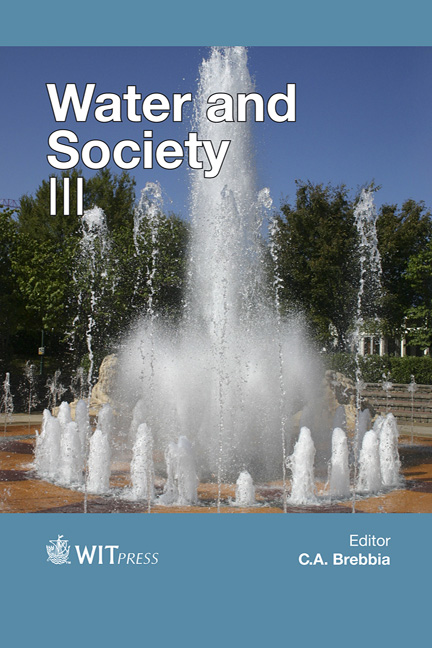Influence Of Hydrodynamic Induced Cavitation On Water Pollutants
Price
Free (open access)
Transaction
Volume
200
Pages
7
Page Range
287 - 293
Published
2015
Size
636 kb
Paper DOI
10.2495/WS150241
Copyright
WIT Press
Author(s)
A. Schmid
Abstract
Hydrodynamic induced cavitation generates imploding cavitation bubbles which can lead to degradation or even mineralisation of water constituents without the addition of any chemicals. This technology overcomes the restrictions of ultrasound irradiation by the local production of a cavitation cloud close to the sonotrodes. In the presented paper hydrodynamic cavitation can be stabilized and extended inside a pipe downstream the nozzle depending on the ambient pressure conditions. If the pressure is kept low, the imploding cavitation bubbles generate new cavities, analogous to a chain reaction, and elevate the radical synthesis inside the apparatus. During the pilot tests MTBE and ETBE were degraded and complete mineralisation started at a time delay of approximately 20 minutes. Expanding the experiments to ethan-1,2-diol, the biological degradation characteristics change significantly depending on cavitation exposure time. A significant difference on chemical effects was observed between imploding cavitation bubbles and supercavitation. Supercavitation can mobilize chemical stable compounds for further treatment.
Keywords
hydrodynamic cavitation, supercavitation, biological degradation, MTBE, ETBE, ethan-1,2-diol





